
6 minute read
WHAT PARENTS ARE TALKING ABOUT
Challenging K-12 students in an intellectual community through early entrance, online, and outreach programs
Transition School • UW Academy Saturday Enrichment • Summer Programs Online Program • Professional Development
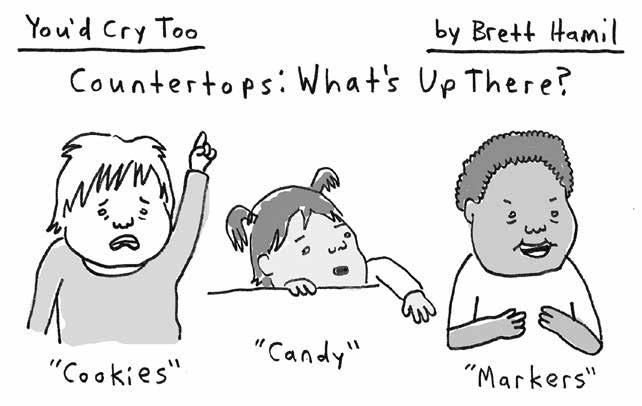
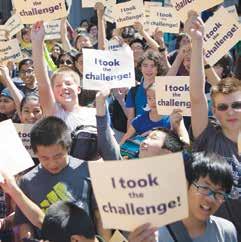

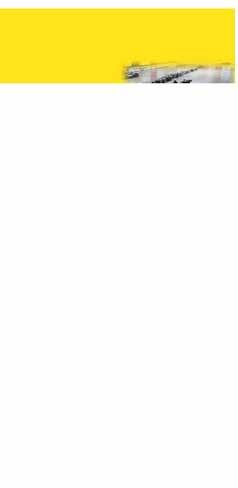
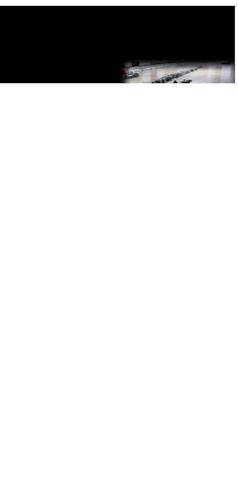
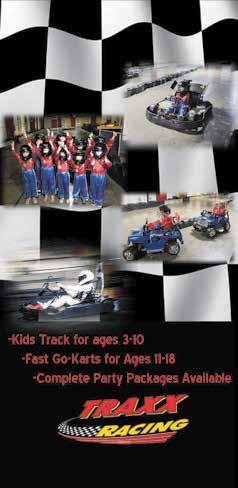
Unique Party Idea!
«What Parents Are Talking About
CONTINUED
lands on a black child, it brings an awareness at first, and a reminder thereafter, of his difference, how he is set apart, a member of the non-preferred class, and this reinforces, time and again, a sort of societal badge of servitude, which begets resentment and anger.
This is not an isolated incident. In 2012, Seattle Public Schools was the subject of a federal investigation into the imbalanced severity and frequency of its discipline of black students. In the Greater Seattle area and nationally, the black male student demographic has consistently ranked as most often removed from the classroom, suspended, and expelled from school.
“They would kick me out of class for talking too much, for 30 or 40 minutes at a time,” Logic Amen, assistant principal at Lincoln High School in Tacoma, told City Arts magazine of his time in grade school. Eventually, through this loss of instruction, Amen says, he truly didn’t know what was going on in class. But this is the norm, he says, “in an overtly racist academic institution.”
Outcome inequalities from low test scores to truancy to high dropout rates to inability to obtain and retain employment to crime, incarceration, recidivism; and impacts to mental and physical health and wellness, even death, aren’t indicative of the mindsets of black students. These aren’t cultural markers.
It’s educators, a mostly white, female populace, who are intimately linked to a wide range of outcomes and factors critical to the lives of black boys. In fact, when black teachers are managing the classroom, behavior-related removal of black boys is reduced significantly; by 2 to 3 percent, according to the National Center for Education Statistics.
So how do we mend this disparity? The answer could be cultural competency development at every level of the academic hierarchy, says Erin Jones, former OSPI Assistant Supervisor turned independent consultant in the field of equitable education.
“It’s our primary role as educators to be a mirror to reflect the beauty and talents that reside within each student,” Jones said in a recent lecture at the Teaching Equity South Sound Conference. Her talk closed out what has been, for her, a whirlwind year of equity initiatives. Jones has keynoted, led or participated in more than 20 equity trainings in the Greater Seattle area and beyond in just the past month.
Jones says that it’s the duty of school districts, boards and educators to gain equity literacy, and then erect a framework of equitable education. Her conversation is about doing equity, no longer just talking about it.
What would it take to deliver a culturally relevant, culturally sensitive quality education? How would the Greater Seattle area look 10 years from now, if today we began to require ethnic studies training, curricula and delivery?
Reach out to change-makers like Erin Jones. Learn to recognize subtle biases and inequities. Prioritize the needs, challenges and barriers experienced by black students in every school discussion.
Let us all finally begin to uphold and highlight the humanity of black boys, who should have the protection, care, support and right to someday become black men.
ABOUT THE AUTHOR Carla Bell is a Seattle-area writer focused on civil and human rights, social impacts, abolition, culture and arts.
» DadNextDoor
Inspiring Gifted Students K-8 Inspiring Gifted Students K-8 Inspiring Gifted Students K-8 Inspiring Gifted Students K-8
206 . 691 . 2625 seattlecountryday.org 206 . 691 . 2625 seattlecountryday.org 206 . 691 . 2625 seattlecountryday.org 206 . 691 . 2625 seattlecountryday.org
A little encouragement from across the fence

by JEFF LEE, MD
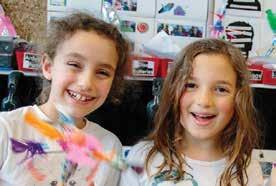
That’s old school
If we were to reimagine our school system to prepare students for today’s world of “alternative facts,” fake news and pseudoscience, what would we design?
In fifth grade, I was the undisputed spelling champion of Wildwood Elementa
ry School. Each week we memorized a list of words, and on Friday we had a test. That year, I scored 100 percent every time. So naturally, to this day, my spelling is unbelievably… average. Let’s just say that spell-check and I are very close friends.
It turns out that my singular talent as a fifth-grader wasn’t my ability to spell — it was my ability to pass a test. And as the years went by, I discovered that this one skill could propel me to success at virtually any school, without being particularly good at anything else.
Flash forward a couple of decades, and my own kids had to clamber up that same academic ladder. And how did I judge their progress? I scrutinized their test scores. I obsessed over their grades. I exhorted them to play the game, never once asking who wrote the rules, or why. I just knew I wanted them to win.
The school system we all grew up in first emerged in the early 20th century, in response to a particular problem. The Industrial Revolution was transforming our economy from a sleepy agrarian lamb into a voracious manufacturing lion, and to satisfy its enormous appetite, we needed workers — lots of them. But not just any workers. Factories and assembly lines were profitable because they reduced complicated processes into a series of simple tasks. They required workers to do the same thing in exactly the same way, again and again. This led to a model of schooling that placed one virtue above all others: compliance.
Students were seated in neat, parallel rows and taught to sit up straight and fold their hands on their desks. They repeated exactly what the teacher said, and copied exactly what the teacher wrote. They were tested, and their answers were declared right or wrong. If they made the grade, they were passed on to the next level. If they failed, they were reprocessed, or discarded. Schools not only populated our factories, they emulated them. They became an educational assembly line, mass-producing students who were obedient, serviceable and more or less interchangeable.
These days, the rows are less straight, and the activities less repetitious, but not much else has changed. If anything, standardized testing is more entrenched than ever. Teachers spend half the year preparing their classes for statewide exams, often knowing that their school’s funding will depend on their students’ scores. Meanwhile, the manufacturing economy that created this system is disappearing, and the few factory jobs that remain are better done by robots than robotic human beings.
If we were to reimagine our schools for today’s world — or even better, tomorrow’s — what would we design? How can we prepare our children

CONTINUED ON NEXT PAGE >


